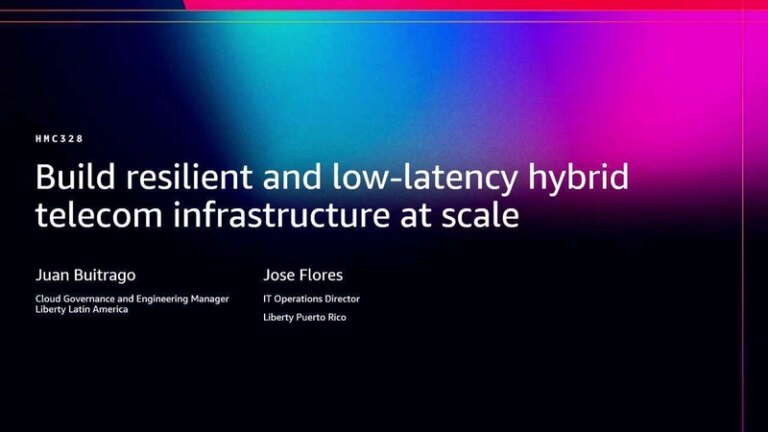Remote Code Execution (RCE): The Ultimate Cybersecurity Threat
Introduction
In the vast and ever-evolving landscape of cybersecurity, certain vulnerabilities strike fear into the hearts of security professionals more than others. Among the most severe and potentially devastating is Remote Code Execution (RCE). When an attacker gains the ability to execute arbitrary code on a target system, the implications are catastrophic. It’s akin to handing over the keys to the kingdom. This blog explores what RCE is, how it occurs, real-world examples, methods of prevention, and why it’s considered one of the most critical threats in cybersecurity.
What is Remote Code Execution?
Remote Code Execution, commonly abbreviated as RCE, is a type of security vulnerability that allows an attacker to run arbitrary code on a remote machine over a network. Unlike local code execution vulnerabilities, which require physical or local network access, RCE can be executed from anywhere in the world, making it an especially dangerous and desirable target for malicious actors.
RCE vulnerabilities can lead to full system compromise, data theft, service disruption, and unauthorized access to sensitive resources. Once an attacker smuggles code into your web-server process, they can execute commands with the same permissions as the compromised application—sometimes even achieving root or administrative access.
How RCE Works
At a high level, RCE vulnerabilities typically result from poor input validation, insecure deserialization, or unsafe use of system-level commands. Here are some of the most common vectors:
1. Command Injection
When applications pass unvalidated user input into system shell commands, attackers can inject their own commands.
2. Insecure Deserialization
If an application deserializes untrusted data without validation, it can lead to execution of arbitrary code embedded in the serialized object.
3. Template Injection
Some templating engines allow dynamic code execution. When user input is not properly sanitized, it can lead to execution of malicious code.
4. Remote File Inclusion (RFI)
This occurs when an application includes files based on user input, allowing the inclusion of remote, attacker-controlled files.
Real-World Examples
1. Equifax Breach (Apache Struts RCE)
In 2017, Equifax suffered a data breach due to an RCE vulnerability in Apache Struts. Attackers exploited CVE-2017-5638, allowing them to execute arbitrary code on Equifax servers and steal sensitive data of over 147 million Americans.
2. SolarWinds Hack
The SolarWinds supply chain attack reportedly involved RCE capabilities that allowed attackers to manipulate the build system and insert backdoors into software updates.
3. Log4Shell (CVE-2021-44228)
This infamous vulnerability in the Apache Log4j logging library allowed attackers to trigger RCE by manipulating log messages. Its simplicity and ubiquity made it a nightmare for system administrators globally.
RCE Attack Lifecycle
The lifecycle of an RCE attack typically involves the following phases:
- Reconnaissance
- Scanning for open ports, services, and identifying the tech stack.
- Exploitation
- Delivering payloads through known RCE vulnerabilities.
- Command Execution
- Gaining access to system-level commands.
- Post-Exploitation
- Installing backdoors, creating persistent access, lateral movement.
- Covering Tracks
- Deleting logs, obfuscating commands, and hiding malware.
Detection and Mitigation Strategies
1. Input Validation and Sanitization
All user inputs should be treated as untrusted. Use whitelisting and sanitize inputs rigorously.
2. Use of Secure APIs
Avoid system-level functions like eval(), exec(), or shell execution in favor of safer alternatives.
3. Patch Management
Keep software, frameworks, and libraries up to date. Apply security patches promptly.
4. Web Application Firewalls (WAFs)
Deploy WAFs to filter out malicious requests before they reach your application.
5. Runtime Application Self-Protection (RASP)
Implement RASP to detect and block RCE attempts at runtime.
6. Least Privilege Principle
Ensure applications run with minimal permissions to limit damage from potential exploits.
7. Code Audits and Penetration Testing
Regularly audit your codebase and conduct penetration tests to identify vulnerabilities.
Secure Coding Best Practices
- Avoid dynamic code execution.
- Use parameterized queries.
- Validate inputs strictly on both client and server sides.
- Disable unnecessary services.
- Implement secure deserialization practices.
Developer and DevOps Responsibilities
Security is a shared responsibility. Developers must write secure code, DevOps teams should enforce secure deployment practices, and both must collaborate to ensure robust patching and monitoring pipelines.
Incident Response for RCE
- Detection
- Use IDS/IPS and centralized logging to spot anomalies.
- Containment
- Isolate affected systems to prevent lateral movement.
- Eradication
- Remove malicious code and backdoors.
- Recovery
- Restore systems from clean backups.
- Lessons Learned
- Analyze the attack vector and improve defenses.
Legal and Compliance Considerations
Organizations are legally obliged to protect user data. An RCE leading to a data breach can result in:
- GDPR fines.
- Class-action lawsuits.
- Reputation damage.
- Loss of customer trust.
The Future of RCE Defense
AI-powered security tools, improved static and dynamic analysis, and more secure programming languages are shaping the future of RCE defense. However, awareness and proactive strategies remain the best tools.
Conclusion
Remote Code Execution represents a profound and persistent threat in the cybersecurity realm. Its ability to allow attackers to run arbitrary code remotely makes it a favorite among cybercriminals and a nightmare for defenders. Organizations must adopt a multi-layered approach to security, emphasizing prevention, detection, and rapid response. With the right practices and awareness, the risk of RCE can be significantly mitigated, safeguarding critical systems and sensitive data.



